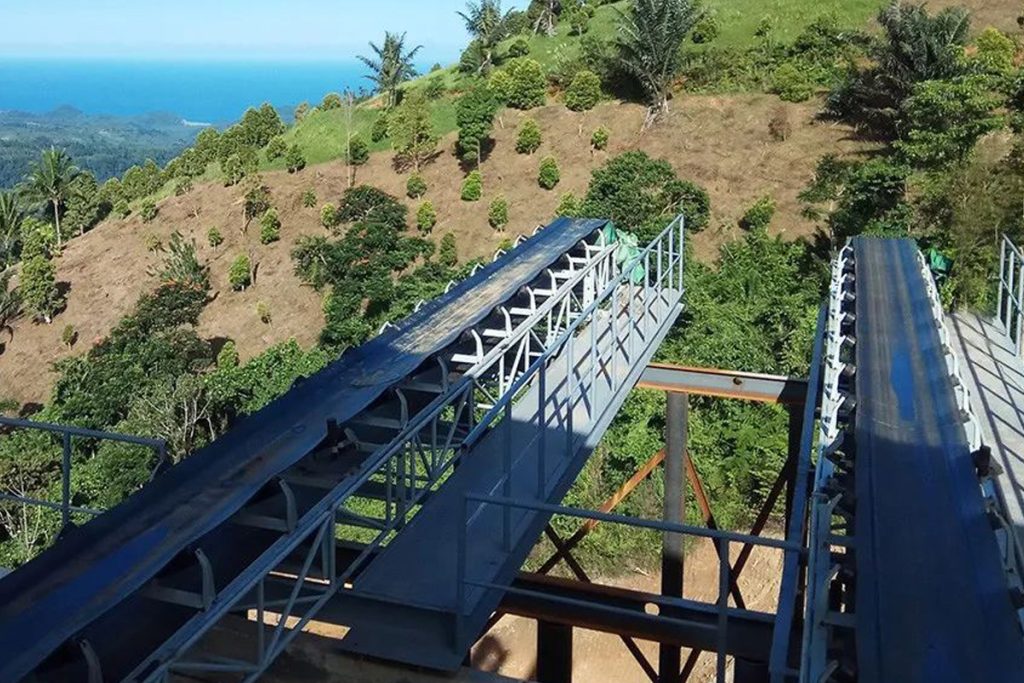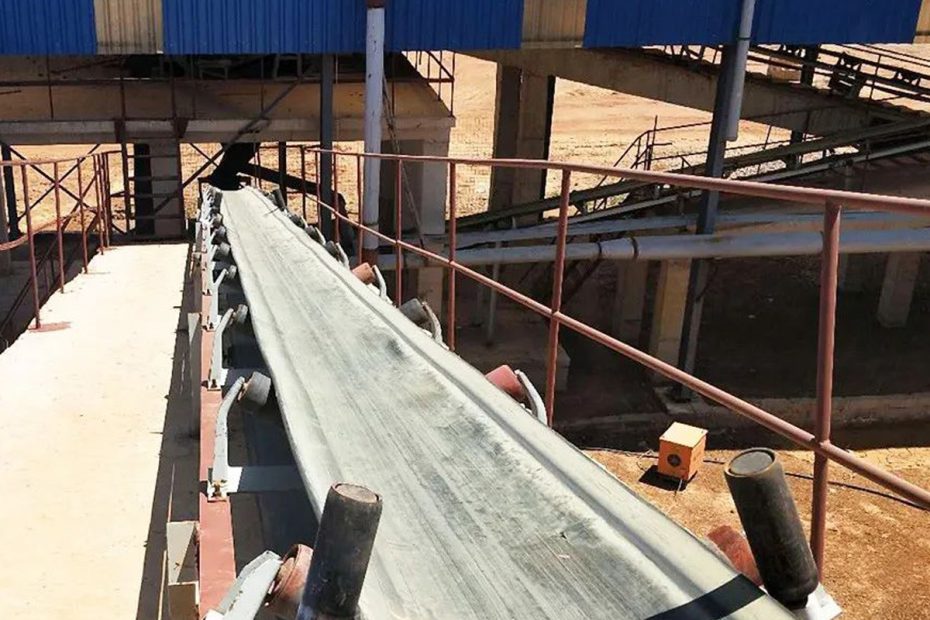In the dynamic world of conveyor Vibration systems, efficiency is a key factor. When it comes to conveying bulk objects, the gradient angles play a pivotal role in determining the appropriate conveyor belt type.
Understanding Conveying Gradient Angles and Belt Types
- Flat Belt: 0 – 18 Degrees: The flat belt conveyor is characterized by a straightforward design. As the name suggests, the belt surface is flat, making it suitable for conveying objects at gentle angles of 0 to 18 degrees. This type of belt requires no special modifications, and its simplicity lends itself to various applications.
- Belt with Cross Bar (V-Shaped): 18 – 22 Degrees: Conveying angles ranging from 18 to 22 degrees call for a belt with cross bars in a V-shaped arrangement on the upper surface. These protrusions, or cross bars, provide a mechanism for catching and conveying objects effectively. This design ensures objects remain secure during transportation.
- Belt with Fins (Climber): 22 – 45 Degrees: When dealing with steeper angles between 22 and 45 degrees, the belt with fins, often referred to as the climber belt, takes the stage. Triangular fins are strategically attached to the belt’s upper surface. These fins act as catchers, allowing objects to be securely transported even on inclined terrains.
- Flexible Belt: 45 – 90 Degrees: For the most challenging conveying angles of 45 to 90 degrees, the flexible belt steps in. This unique belt type features cross bars positioned sideways to the moving direction. Additionally, wave-shaped cross bars adorn the left and right sides of the belt. This innovative design creates compartments that effectively hold and transport objects while navigating steep gradients.

Four major types of belts
- Flat Belt Conveyor: The flat belt conveyor is versatile and uncomplicated, making it suitable for gentle inclines. Its simplicity and ease of use contribute to its widespread adoption across various industries.
- Belt with Cross Bar (V-Shaped): The V-shaped cross bars provide a reliable grip on conveyed objects, preventing slips during transportation. This belt type finds its niche in scenarios where slight inclines demand enhanced object retention.
- Belt with Fins (Climber): The climber belt, featuring triangular fins, excels in conveying objects on steeper gradients. These fins act as anchors, ensuring that the conveyed objects maintain their position even as the conveyor navigates challenging angles.
- Flexible Belt: In the realm of extreme inclines, the flexible belt reigns supreme. With its innovative design of cross bars and wave-shaped elements, it offers an effective solution for transporting objects up to near-vertical angles.
Selecting the Right Belt
- Balancing Angle and Belt Type: Choosing the appropriate conveyor belt type hinges on striking a balance between the conveying angle and the nature of the objects being transported.
- Optimizing Efficiency: Understanding the specific demands of different conveying angles empowers industries to optimize efficiency. Each belt type is tailored to perform optimally within its designated gradient range.
Conclusion
Navigating conveyor vitration systems efficiently involves understanding the relationship between conveying gradient angles and the corresponding belt types.
From flat belts for gentle inclines to flexible belts for near-vertical transportation, each belt type is designed to excel within its specified range. By matching the angle of inclination with the appropriate belt, industries can streamline their material handling processes and enhance overall operational efficiency.
